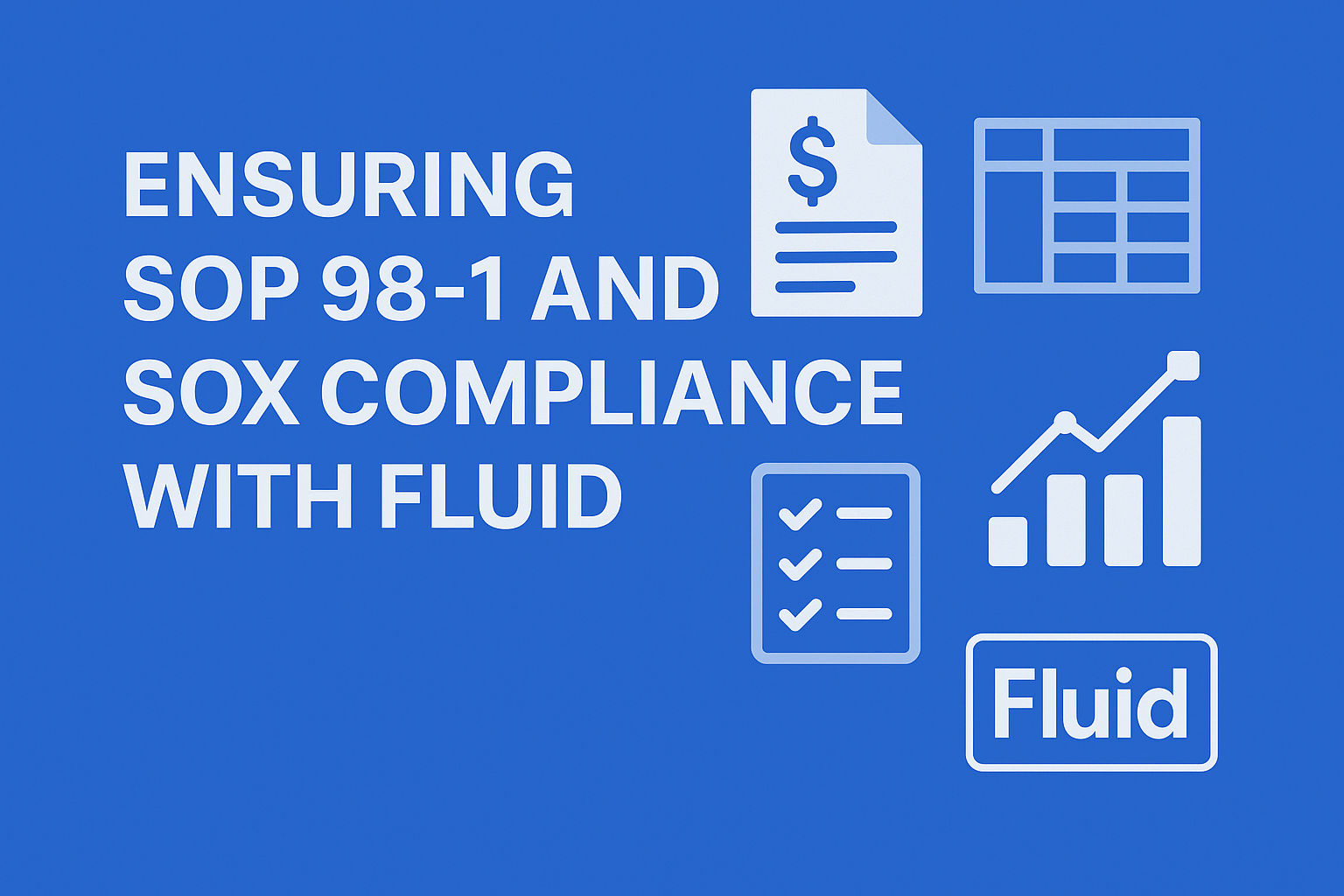What is PPM?

Project Portfolio Management (PPM) is a strategic approach to managing multiple projects, with the goal of achieving organisational objectives. These projects don’t have to be related but are grouped under a ‘portfolio’. Project portfolio management enables organisations to effectively handle projects from intake (the process of analysing and taking on new projects) to assigning a project manager to them and authorising resources, project finances and monitoring progress to ensure that all projects are aligned with organisational goals.
Why is project portfolio management important?
PPM is crucial for an organisation for many reasons. It enables organisations to align their projects with their overall business goals and strategies, ensuring that projects are contributing to the greater success of an organisation. Project portfolio management also allows for the efficient and effective allocation of resources, including financial, human, and technological resources, ensuring that these resources are being used in the most effective way possible, reducing wasted time and cost. Moreover, organisations benefit from minimising potential risks by managing projects from a centralised perspective, allowing them to identify and mitigate potential risks across the portfolio of projects. Overall, project portfolio management is essential for organisations to effectively manage their portfolio of projects, make better business decisions and ensure that they are contributing to the organisation's overall success.
What are the steps of project portfolio management?
The key element of portfolio management is strategic alignment. This involves aligning project objectives with the organisation's overall strategy, vision, and goals to achieve their objectives more efficiently and effectively.
The key steps of project portfolio management include:
Project identification and selection:
This step involves identifying potential projects and selecting the ones that align with the organisation's goals and objectives. Project identification and selection involve evaluating potential projects based on factors such as strategic fit, potential impact, and resource requirements.
Prioritisation:
Prioritisation is a critical element of project portfolio management as it involves selecting and prioritising projects based on their potential value and impact on the organisation. Prioritisation requires evaluating projects based on factors such as return on investment (ROI), resource availability, and risk.
Resource allocation:
This step involves allocating resources, including financial, human, and technological resources, to projects based on their priority and potential impact on the organisation. Effective resource allocation involves managing resource constraints and ensuring that resources are used efficiently and effectively.
Portfolio optimisation:
Portfolio optimisation involves continuously evaluating the portfolio of projects and adjusting it to ensure that it is aligned with organisational goals and objectives. Portfolio optimisation involves identifying potential issues and opportunities and making data-driven decisions to optimise the portfolio.
Performance measurement and reporting:
This involves establishing metrics to measure project performance and reporting project progress to stakeholders. Effective performance measurement and reporting enable stakeholders to monitor project progress, identify potential issues, and make informed decisions.
The 3 key aspects of PPM
Governance:
Project portfolio management requires effective governance structures to ensure that projects are aligned with organisational goals, priorities, and strategies. Governance is a key element for organisations with a PMO, which aim to create standardisation in project management.
Transparency:
Project portfolio management requires transparency and visibility into project portfolios to enable effective decision-making and resource allocation.
Flexibility:
Project portfolio management requires flexibility to adapt to changes in organisational priorities, resource availability, and market conditions.
Project management vs project portfolio management
At a simple level, PPM and project management differ based on the number of projects. Project management has greater focus on a single project, seeing and managing it from kick-off to completion. Project portfolio management on the other hand has a more strategic focus, taking into consideration the role which each project plays in achieving the organisation’s strategic goals.
Fluid project portfolio management solution
Fluid makes it easy to create, monitor and optimise all projects and programs in your portfolio. As an intuitive, all-in-one solution, Fluid gives you all the advanced features you need, in one convenient workspace, enabling you to keep all aspects of your project in together. With real-time project data and clear visibility of your entire portfolio, Fluid helps you to successfully manage your projects effectively and efficiently.
Try a free trial today or get in touch with us to get a demo booked in and transform the way your organisation manages its project portfolio.
See how Fluid enables your business to deliver the right strategic change













